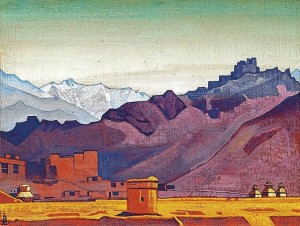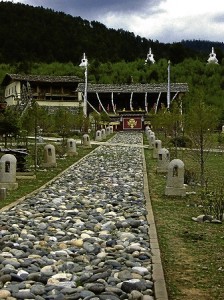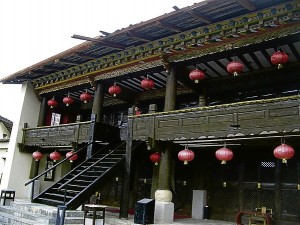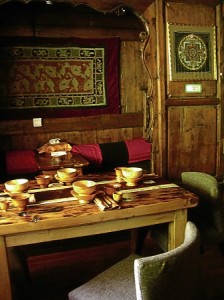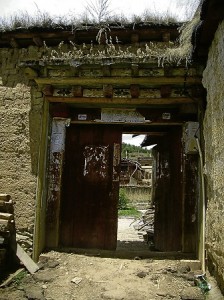MANILA, Philippines — The Philippines’ very own Puerto Princesa Underground River is in good company, in very good company. I know since my wife and I had seen two of the provisional ‘New 7 Wonders of Nature’ up close and personal — Iguazu Falls and the Amazon Rainforest — both in Brazil.
When planning for our Brazilian escapade, we only had the well known Amazon and Carnival in Rio de Janeiro in mind. We hadn’t even heard of Iguazu (‘big water’ in the dialect) Falls despite it being a UNESCO World Heritage Site. The place was introduced by our travel agent, who put in a sales pitch to make you feel like a fool if you didn’t bite. He went for the kill when he showed wow pictures of its grandeur. Still no.
Amazon and Rio already cost an arm and a leg. To add another destination (and by air) would have rendered us limbless. After he utilized all other techniques of persuasion and after I diddled with a calculator, we finally said “Okay, Okay, we will just make do with instant noodles for two months when we get back to compensate”.
The trip from Manila to Rio de Janeiro (via Miami) in economy class was literally backbreaking. I counted 35 hours – 28 in the air, 7 on the ground (layovers). Had Shamcey Supsup left Manila straight to Sao Paolo, even on business class she would have broke a pimple from the ordeal and therefore not have made the first cut in the Miss Universe pageant.
Our itinerary was Iguazu Falls after Rio port of entry, then Amazon, then back to Rio in time for Carnival. The flight from Rio to Foz do Iguazu International Airport was unusual in that there were too many stopovers (I think three) en route for a relatively short flight. Not good especially if you watch a lot of those ACIs (Air Crash Investigation shows). Felt more like riding a bus and stopping at bus stops every now and then.
Tourists are able to do a day trip, if they so choose, instead of an overnighter. Flights from most major tourist cities like Rio and Manaus (Amazon) are scheduled to allow for morning arrival and afternoon departure. Three hours at Iguazu Falls should be more than enough.
We chose to stay overnight at Hotel Das Cataratas, a quaint and cozy Portuguese colonial residence with a notably big game room. Small wonder, we found out when darkness fell. There was just nothing to do in the small town of Foz do Iguazu at night. It actually turned out to be a good thing since we spent some time outdoors in the still of a moon-lit night. Nature in concert, we tuned in to bird chirps of all pitches and animal calls from baritone (must have been giant frogs) to tenor, against the constant gentle roar of Iguassu Falls a short stroll away. Ah yes, we were in the middle of dense rainforest deep in South America.
Approaching the falls area on foot, the air started to feel damper and damper, the rumble of the water louder and louder. There it was. ‘Poor Hinulugang Taktak’, I blurted. Coincidentally, when US First Lady Eleanor Roosevelt saw Iguazu Falls, she reportedly exclaimed ‘Poor Niagara’. Iguazu Falls is taller and four times the width of Niagara Falls.
The starting point of the walking tour across the 2.7-kilometer wide Falls was expectedly captivating, a panoramic vista of dozens of decent sized cataracts among the 275 distinct ones of Iguazu. This was the first must-have photo. Excited, we got carried away taking too many shots. Our guide prodded us to move on, saying wait ‘til you see the next ones.
As we progressed through the walking trail, the white water got bigger and bigger. At the same time, we saw more of the resident fauna, some in plain sight, others peeking through the thick brush on the sides. We saw raccoons, iguanas, prego monkeys, droves of parrots, parakeets (love birds) and other multi-colored avifauna.
As a boy scout, I learned that near fresh water is the favorite hangout (no pun intended) of snakes. Good thing we did not come across any. Endemic to South America’s rainforests, for sure there were anacondas lurking around. Coming into Brazil, I was disgusted to see the in-flight movie selection to include ‘Anaconda’. The nerve.
Our guide was right. ‘We ain’t seen nothin’ yet’ at the starting point of the tour. Highlight was going down the middle of the canyon onto over-water walkways to be engulfed by nature’s sheer majesty. Gargantuan is the best adjective for the wonder. The thundering cascade was deafening and mesmerizing at the same time. The guide took us to the spot where 260 degrees of waterfalls surrounded us.
At a short distance was Devil’s Throat, where about half of the Iguazu River’s flow crashes down 270 feet through a narrow chasm. It was shrouded by mist, which rose to around 400 feet. Across the canyon was a white building. ‘That’s already Argentina’, our guide said, ‘and one of its hotels’. Although officially, Iguazu Falls sits at the border of Brazil and Argentina, a stone’s throw away is the border with Paraguay, not left out in dipping into tourists’ pockets.
At the end point of the walking tour, there was still no let-up by the falls. A concrete building housing F & B provisions, a gift shop and lounges was erected right beside a major white curtain. We held out our hands from the rail and the water was there. We had to raise our voices to talk to the souvenir guy at the foyer.
An Indiana Jones flick and a James Bond edition had the falls as a location shoot. In ‘Moonraker’, Bond hang-glided over it while ’Jaws’ fell into the canyon and lived! Gave me comfort when 007 had a nasty bout with a giant anaconda and prevailed.
All told, Iguazu Falls was definitely worth choking on instant noodles for two months.
It was on to the Amazon. I guessed there were more anacondas there, piranhas even!


